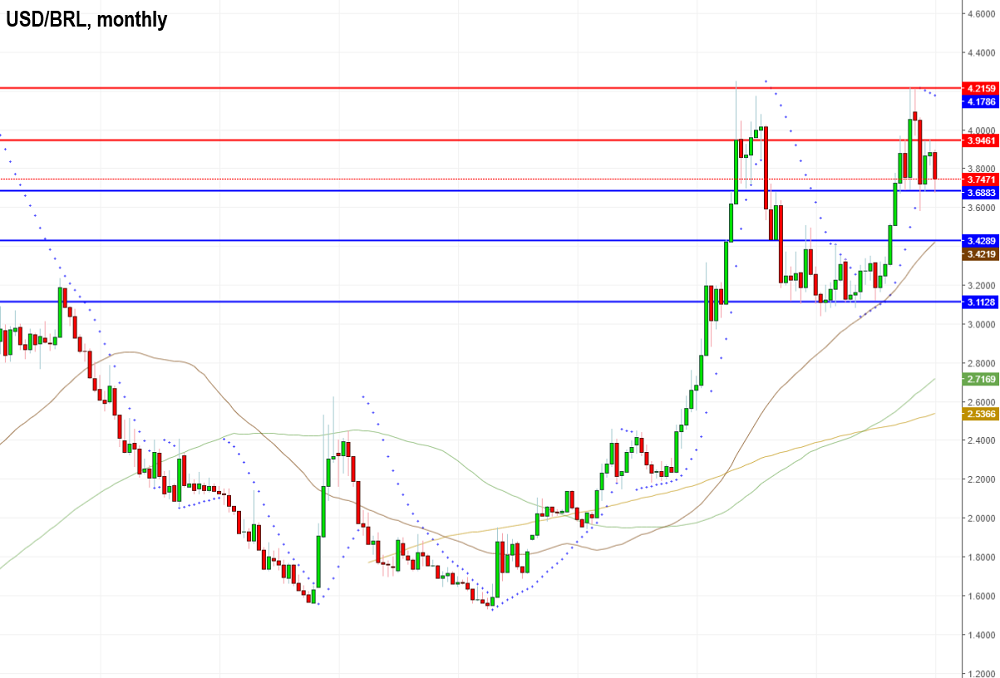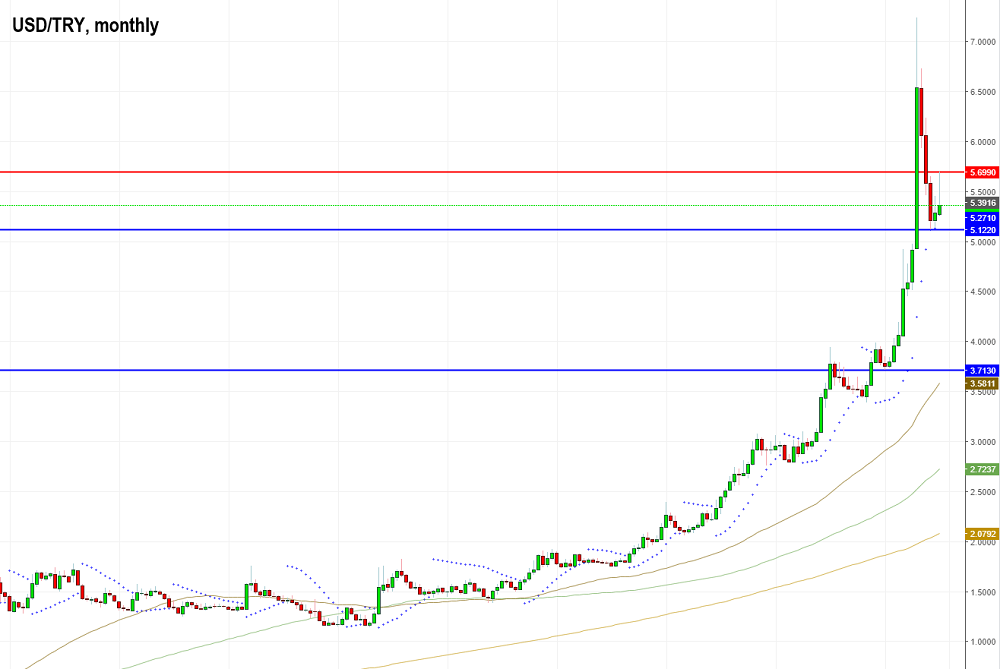The exotic pairs you need to pay attention to in 2019
The wave of ups and downs in the Forex market did not bypass the exotic currencies in 2018. Let’s look at how analysts predict the performance of those ones, which suffered the most during 2018 - the Brazilian real and Turkish lira.
Brazilian Real (The BRL)
The election of Jair Messias Bolsonaro as a new president of Brazil was warmly welcomed by the market. His speeches raised hope to deal with corruption and long-lasted uncertainties in the country. As a result, GDP growth expectations for 2019 started to increase. For example, the World Bank sees the GDP for Brazil to increase by 2.5% and the International Monetary Fund (IMF) expects the economic growth of Brazil to advance by 2.4%. This is a significant level compared to the forecasts for 2018 when GDP growth was projected to increase only by 1.2%.
For now, the main focus for investors and traders remain on the fiscal reforms by the new government. In particular, Mr. Bolsonaro promised lower deficits, shrinking public debts and lower interest rates. If the new government, which will be inaugurated on February 1, succeed with the reforms, the Brazilian currency will be supported.
If we look at the monthly chart of USD/BRL, we can see that the pair has been trading sideways since the last June. If the fiscal reforms are conducted, the pair will fall to the support at 3.69. If this level is broken, the next support is placed at 3.4289. On the other hand, if the government fails to bring the positive momentum to the BRL, bulls will push the pair above the resistance at 3.9461. The next resistance is placed at 4.2159. From the technical side, the downtrend for the pair has already started, which is confirmed by Parabolic SAR. This means that the BRL may continue to strengthen.

Turkish lira (the TRY)
According to analysts, the Turkish lira will depreciate against the USD. There are several risks which may trigger this situation. At first, the macroeconomic situation of the country is still unstable due to the negative balance sheet. This fact may result in the government to apply different mechanisms in supporting the economy, including the quantitative easing program. Such a move will make the TRY weaker. For now, it has been held at 24%. Analysts anticipate a rate cut to at least 15% by the end of 2019.
In addition, let’s not forget about the geo-politics tensions and the risk-off sentiment in the global market due to the US policy and trade uncertainties. These factors may also pull the Turkish lira down.
On the monthly chart, Parabolic SAR shows an uptrend for the pair. If the lira continues to weaken the pair will rise to the resistance at 5.6990. If the Turkish government provides measures to support the TRY, the pair will fall towards the support at 5.1220. The next support is placed at 3.7130

Conclusion
Despite all the negative factors which keep affecting the performance of the TRY and the BRL, the further movements of the currencies depend on the governments’ measures of both of the countries. That is why we need to follow the news more attentively for more accurate forecasts.